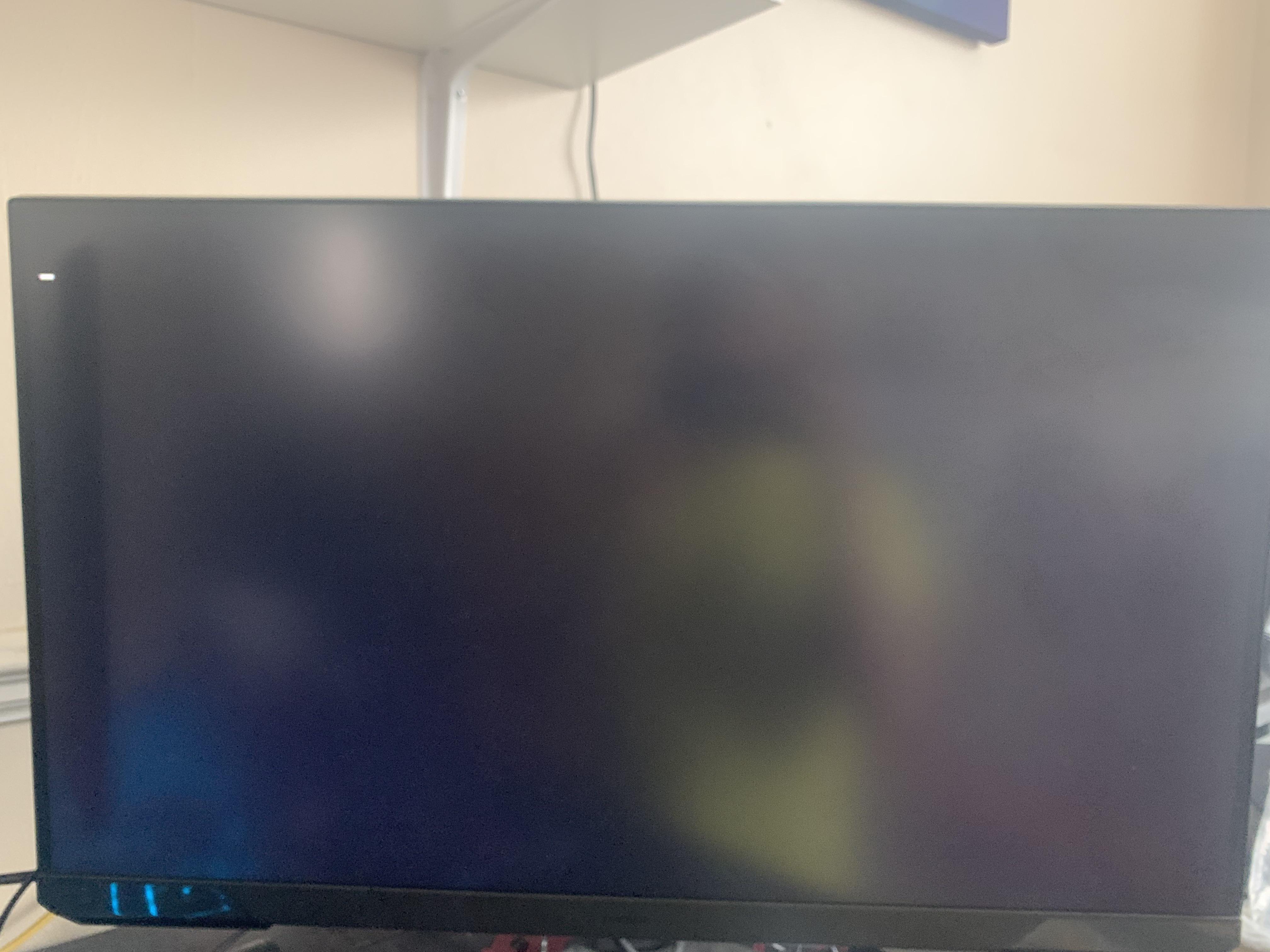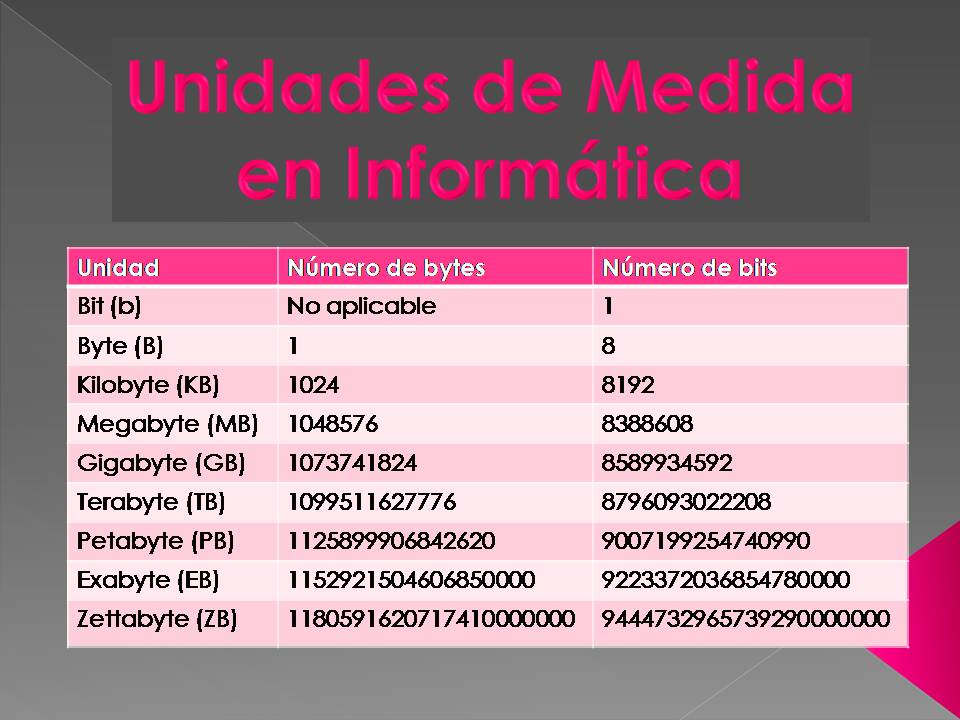Understanding the White Flash: Screen Secrets

The human-computer interaction landscape is constantly evolving, with new technologies and trends shaping the way we engage with digital interfaces. Among the myriad of innovations, the "white flash" phenomenon has piqued the curiosity of both users and developers alike. This article delves into the mysteries behind the white flash, exploring its causes, implications, and potential solutions.
Unraveling the White Flash Enigma

In the realm of user experience (UX) and interface design, the term “white flash” refers to a sudden and unexpected burst of bright white light that momentarily fills the screen, often accompanied by a noticeable lag or delay in the device’s response. This phenomenon is not limited to a specific type of device or operating system; it can occur on smartphones, tablets, laptops, and even smart TVs. While it may seem like a minor glitch, the white flash can significantly impact the user experience, causing frustration and confusion.
Understanding the Technical Causes
The root cause of the white flash lies within the intricate workings of display technology. Modern displays, whether LCD, OLED, or LED, employ sophisticated backlighting mechanisms to illuminate the screen and produce vibrant colors. When a device transitions from one display state to another, such as switching between apps or loading a new webpage, the backlight can momentarily surge, resulting in the characteristic white flash.
This surge is often triggered by rapid changes in the device's power consumption, especially when transitioning between high-power and low-power states. For instance, when a user opens a graphically intensive game or video, the device requires more power to render the content, which can lead to a sudden increase in backlight intensity, causing the white flash.
Additionally, software glitches or poorly optimized applications can also contribute to the white flash phenomenon. Inadequate coding practices or inefficient resource management can lead to sudden spikes in power consumption, triggering the backlight surge.
| Display Technology | Potential Causes |
|---|---|
| LCD | Backlight Inconsistency, Power Surges |
| OLED | Pixel Refresh Rate, Power Fluctuations |
| LED | Backlight Control Issues, Inadequate Dimming |

The Impact on User Experience
The white flash can have significant implications for user satisfaction and engagement. When users encounter this phenomenon, they may experience a sense of disorientation or confusion, especially if it occurs frequently. The abrupt flash of light, coupled with the accompanying delay, can disrupt the user’s focus and flow, leading to a negative perception of the device or application.
Moreover, the white flash can be particularly disruptive for users with photosensitive conditions, such as epilepsy or migraine. In severe cases, it may trigger seizures or headaches, posing potential health risks. As such, addressing the white flash issue is not only a matter of improving user experience but also a critical aspect of accessibility and user safety.
Mitigation Strategies and Best Practices
Fortunately, there are several strategies and best practices that developers and device manufacturers can employ to minimize the occurrence of the white flash:
- Optimized Power Management: Implementing efficient power management techniques can help regulate power consumption during display transitions. This includes utilizing power-saving modes, optimizing resource allocation, and employing dynamic backlight control algorithms.
- Display Calibration: Calibrating the display settings, such as brightness, contrast, and color temperature, can help reduce the intensity of the white flash. Fine-tuning these parameters can ensure a more balanced and consistent display experience.
- Software Optimization: Developers should focus on optimizing their applications to minimize power spikes and sudden changes in resource utilization. This involves employing best practices in coding, such as efficient memory management and optimized algorithms.
- User Feedback and Testing: Gathering user feedback and conducting thorough testing can help identify potential issues and areas for improvement. User-centric design approaches and iterative testing cycles can ensure that the white flash phenomenon is minimized.
Future Prospects and Innovations

As technology continues to advance, the display industry is exploring innovative solutions to enhance the user experience and mitigate issues like the white flash. Here are some emerging trends and future prospects:
Advanced Display Technologies
The next generation of display technologies, such as micro-LED and quantum dot displays, offer improved brightness control and color accuracy. These displays are designed to provide a more stable and consistent backlight, reducing the likelihood of white flash occurrences.
AI-Powered Display Management
Artificial intelligence and machine learning algorithms can play a crucial role in optimizing display performance. By analyzing user behavior and device usage patterns, AI can dynamically adjust display settings, ensuring optimal brightness and contrast without the risk of white flashes.
Innovative Backlight Designs
Researchers and engineers are exploring novel backlight designs that offer more precise control over brightness and color distribution. These designs aim to eliminate the sudden surges in backlight intensity, providing a smoother and more pleasant visual experience.
Conclusion
The white flash phenomenon, while seemingly minor, underscores the intricate interplay between hardware, software, and user experience. By understanding the technical causes and implementing effective mitigation strategies, developers and manufacturers can create devices and applications that offer a more seamless and enjoyable user journey. As technology continues to evolve, the quest for a perfect display experience remains a driving force, pushing the boundaries of innovation and design.
Can the white flash phenomenon cause long-term damage to displays?
+While the white flash itself does not cause long-term damage to displays, frequent occurrences can lead to accelerated wear and tear on the backlight components. Over time, this may result in reduced brightness and color accuracy, impacting the overall display quality.
Are certain devices or operating systems more prone to the white flash issue?
+The white flash phenomenon can occur across various devices and operating systems. However, devices with older or less optimized hardware and software configurations may be more susceptible to this issue.
How can users minimize the occurrence of white flashes on their devices?
+Users can take several steps to reduce the frequency of white flashes. These include adjusting display settings to a lower brightness level, disabling automatic brightness adjustment, and ensuring their device’s software is up-to-date with the latest optimizations.



